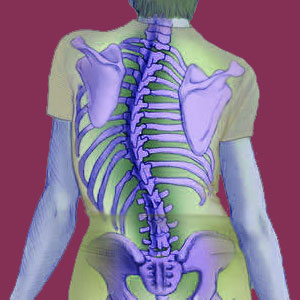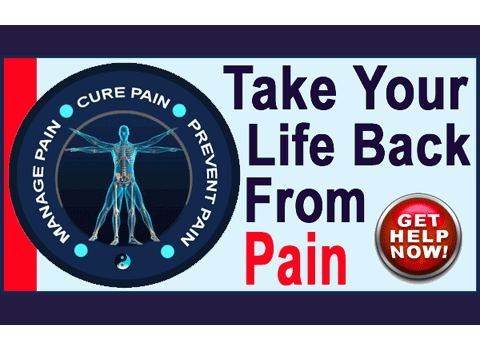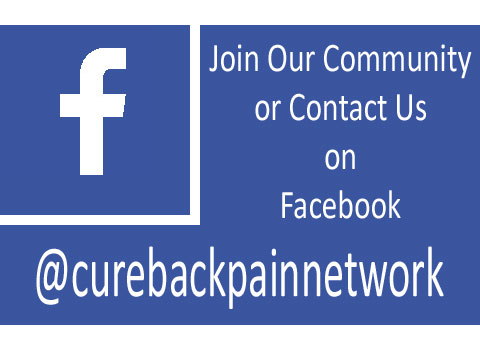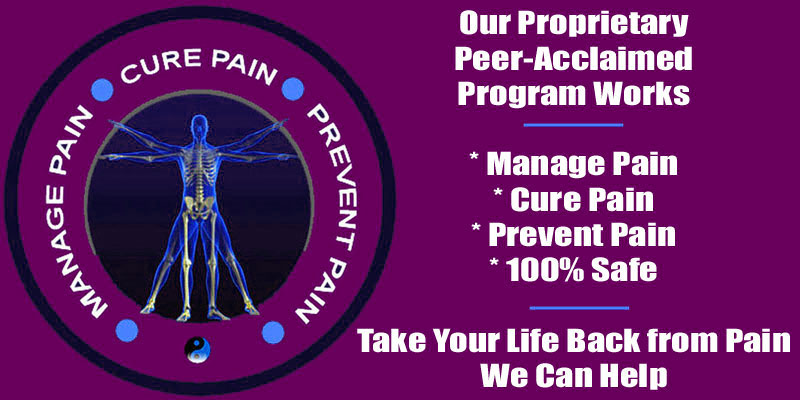
Adolescent scoliosis is the most common variety of side to side spinal curvature. Most cases are idiopathic and developed between the ages of 11 and 17, with the largest number being diagnosed around the ages of 12 to 14 in girls. Adolescence is a time of rapid growth, physically, mentally and psychologically. Unfortunately, scoliosis takes advantage of this time of maturation and can progress rapidly due to sudden changes in the young anatomy leading towards adulthood. Likewise, and just as important, scoliosis can also affect the rapidly developing young mind, potentially causing more discomfort and damage than the physical changes could ever hope to bring about.
This vital article thoroughly details adolescent variety of scoliosis in a completely new light. We examine the causes of the condition, the consequences of its age of onset, its treatment options and the mindbody effects of atypical spinal curvatures on developing personality traits.
Adolescent Scoliosis Causes
Most cases of adolescent side-to-side spinal curvature are idiopathic. This means that doctors do not know why they exist or what exactly causes them. Many theories currently exist linking scoliosis to genetic patterns that can be inherited and to congenital birth conditions that dispose young people to develop scoliosis during the ages of rapid development; but so far, there are no definitive causes for most cases.
Girls are known to develop scoliosis far more often than boys, by a ratio of approximately 3 to 1. Girls’ curvatures are also more likely to progress to worse degrees than boys, possibility because females tend to mature much faster than males of a similar age.
Doctors have seen an increasing incidence of scoliosis in younger people (ages 9 and 10) that should actually be considered adolescent scoliosis, instead of early childhood scoliosis. This is because these patients are obviously already entering adolescence at a younger age. This is a possible consequence of the rise in growth hormones used in food products, and especially dairy milk, worldwide. Some adolescents develop other types of scoliosis, such as adult and neuromuscular varieties, due to known factors, such as injury, surgery or neuromuscular disease.
Adolescent Type Idiopathic Scoliosis Progression
Scoliosis generally strikes during adolescence due to the rapid growth of the spine during this time frame. Adolescents grow sizably in height and generally mature physically within a matter of several months to several years time. This period of sudden change encourages the progression of scoliosis as the spine extends to meet the needs of the growing body.
Most cases of scoliosis are self-limiting and will not continue to progress once full maturity has been reached. This is not an absolute rule, but does describe the majority of idiopathic adolescent spinal curvature profiles. However, even when the curvature does self-limit, it might still enjoy years of growth before halting, potentially generating problems for the young person in many aspects of life.
Adolescent Scoliosis Mindbody Effects
Equally important to the physical changes associated with scoliosis are the psychoemotional effects. Not only is the young body susceptible to atypical spinal curvature, but the young mind is also heavily influenced by scoliotic development. Children can suffer terrible consequences of scoliosis on their psychological development. These consequences can be mitigated by proper, compassionate and fact-based diagnosis and treatment by an enlightened caregiver. These consequences can also be exacerbated by care providers who create anxiety or incite nocebo effect in their patients through improper management, financial motivation for unnecessary treatment or simple callousness. These effects are unacceptable and doctors should be legally culpable for any psychoemotional harm done to their charges when it comes to improper “bedside manner”.
Patients and caregivers are highly encouraged to take active roles in the psychoemotional health of their youngsters who have been diagnosed with scoliosis. Children should be reassured of the facts and common nature of the condition and not made to feel different, fearful or incapable. Instead, children should be given special care that will empower them to face scoliosis armed with knowledge and an accurate prognosis for their future, given various progression and treatment scenarios.
Scoliosis > Side to Side Spinal Curvature > Adolescent Scoliosis





